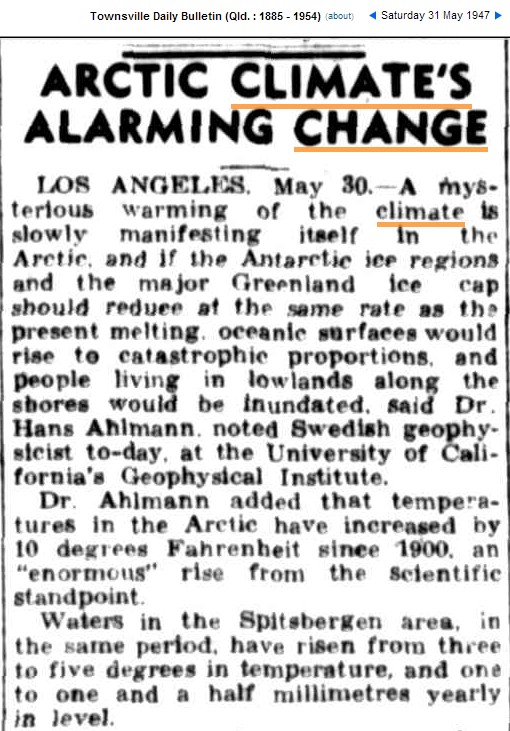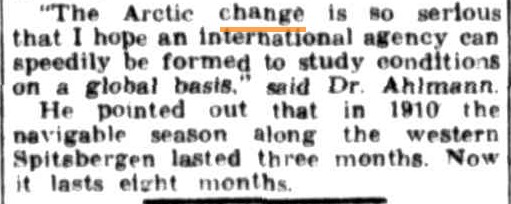The only thing which saved Earth from certain disaster, was Hansen retroactively erasing the warm temperatures of the 1930s and 1940s.
Disrupting the Borg is expensive and time consuming!
Google Search
-
Recent Posts
- New Visitech Features
- Ice-Free Arctic By 2014
- Debt-Free US Treasury Forecast
- Analyzing Big City Crime (Part 2)
- Analyzing Big City Crime
- UK Migration Caused By Global Warming
- Climate Attribution In Greece
- “Brown: ’50 days to save world'”
- The Catastrophic Influence of Bovine Methane Emissions on Extraterrestrial Climate Patterns
- Posting On X
- Seventeen Years Of Fun
- The Importance Of Good Tools
- Temperature Shifts At Blue Hill, MA
- CO2²
- Time Of Observation Bias
- Climate Scamming For Profit
- Climate Scamming For Profit
- Back To The Future
- “records going back to 1961”
- Analyzing Rainfall At Asheville
- Historical Weather Analysis With Visitech
- “American Summers Are Starting to Feel Like Winter”
- Joker And Midnight Toker
- Cheering Crowds
- Understanding Flood Mechanisms
Recent Comments
- Stuart Hamish on New Visitech Features
- Stuart Hamish on New Visitech Features
- Stuart Hamish on New Visitech Features
- Disillusioned on Ice-Free Arctic By 2014
- Disillusioned on Ice-Free Arctic By 2014
- Disillusioned on Ice-Free Arctic By 2014
- conrad ziefle on Ice-Free Arctic By 2014
- conrad ziefle on Ice-Free Arctic By 2014
- Jack the Insider on Ice-Free Arctic By 2014
- Bob G on Ice-Free Arctic By 2014




The following graphs, from an article of Joe D’Aleo of 2010, show the high increase in Arctic temperatures in the 1930’s and 40’s,
http://icecap.us/images/uploads/ARCTIC11.jpg
with a maximum variation of approx. +4 C from the early 1900’s to the highest temps in the 1930’s. We have, 4C ~ 1.8 * 4 F = 7.2 F , which is reasonably close to the estimate of 10 F in the paper.
Joe D’Aleo’s paper is this:
http://icecap.us/images/uploads/ARCTIC.pdf
Hansen can change some graphs of governmental agencies but cannot change the known fact that the period of the WWII is called “the warm years” in the Arctic for a good reason,
http://hidethedecline.eu/pages/posts/arctic-sea-ice-data-collected-by-dmi-1893-1961-259.php
At those years the Arctic icecap may have had strong oscillations as happened in the last few years, but there was also a strong recovery just after the war, related to a strong plunge of the PDO into negative phase at that time. Now we can reasonably expect a similar recovery when the AMO and PDO become both negative in the next few years.